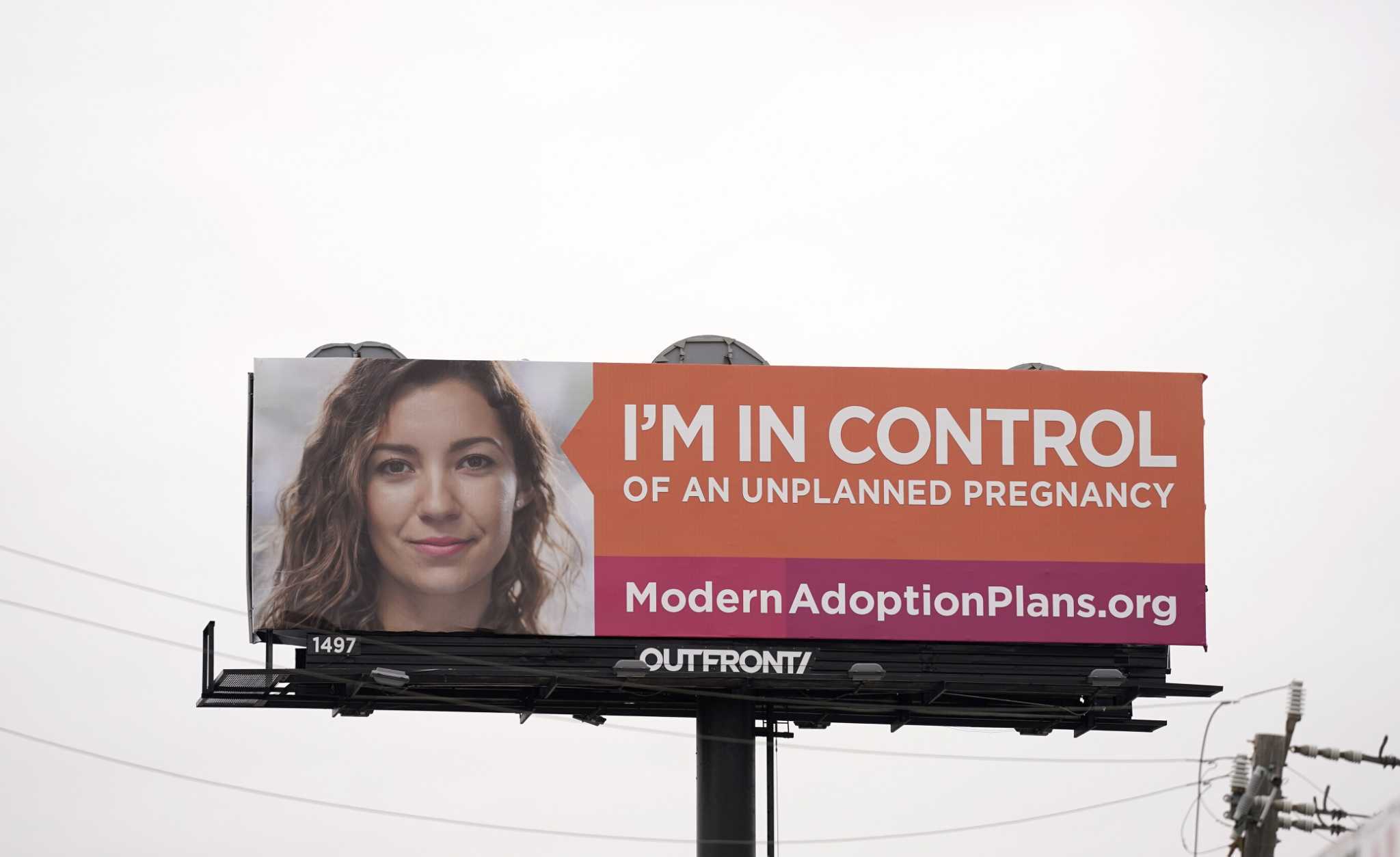Since Texas banned virtually all abortions, Texans may have seen a rosy message about adoption pop up on their phone screens or dot the view on their daily commute. It might read something like this:
Adoption helps “empower” women and allows them to be "in control” of their future.
That message or sentiment appears on billboards and digital advertisements that direct people to ModernAdoptionPlans.org** **— the product of a targeted, state-funded marketing campaign aiming to increase adoptions among young women and girls with unplanned pregnancies, according to documents obtained through an open records request. In the documents, organizers explicitly laid out a target audience with “the highest incidence of unplanned pregnancies”: low-income, single women that “skew African-American and Hispanic” between the ages of 12 and 34.



I feel like there are different parties having two totally different debates happening here.
Abort or put up for adoption.
Put up for adoption or get aid to raise oneself.